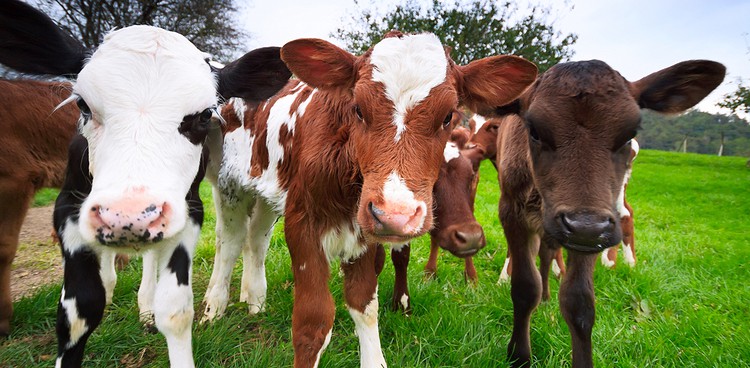
Unusual weather in South Australia this week has caused blackouts—a rarity on the continent—that have ruffled the feathers of dairy farmers. Severe storms have swept the Adelaide Hills and the Fleurieu Peninsula, knocking out power for more than a hundred thousand customers of SA Power Networks. Paul Roberts of SAPN called the damage “similar to, if not worse than, the one we had in the eastern foothills in 2014, which was probably the worst storm damage we’ve seen in living memory.”
Dairy farmers, in particular, have suffered from the long blackouts, unable to milk their cows without power. Milking cows regularly is vital not just to the dairy industry but also to the cows’ health, and typically dairy cows are milked twice a day (depending, of course, on factors such as diet and amount of time since calving, which can alter the every-twelve-hours schedule a bit). Without consistency—and frequency—in milking, milk can build up and push on the udders, causing discomfort and complications in the cows such as mastitis, or udder inflammation.
Cows are also creatures of habit—any changes in their schedules need to be made gradually and without fanfare. So a storm blackout pushing back milking for, in some cases, a good 36 hours was a stressor that impacted both cows and farmers. Perrin Hicks, a dairy farmer for Mount Compass who worked with SA Power Networks to restore power to the area, felt his cows’ pain particularly strongly. “My wife … hadn’t seen me that stressed out ever, I don’t think,” he told ABC Rural.
Hicks was eventually able to milk his cows—about 24 hours behind schedule. SA Power Networks continues to work on rebuilding the region now that the cold front has moved on to Victoria, but there is much to be done. Here’s hoping that other dairy farms across South Australia have also regained power or found alternate means to milking—otherwise, we’d be looking at an udder mess.
Feature photo courtesy of Pawel Papis via Shutterstock



